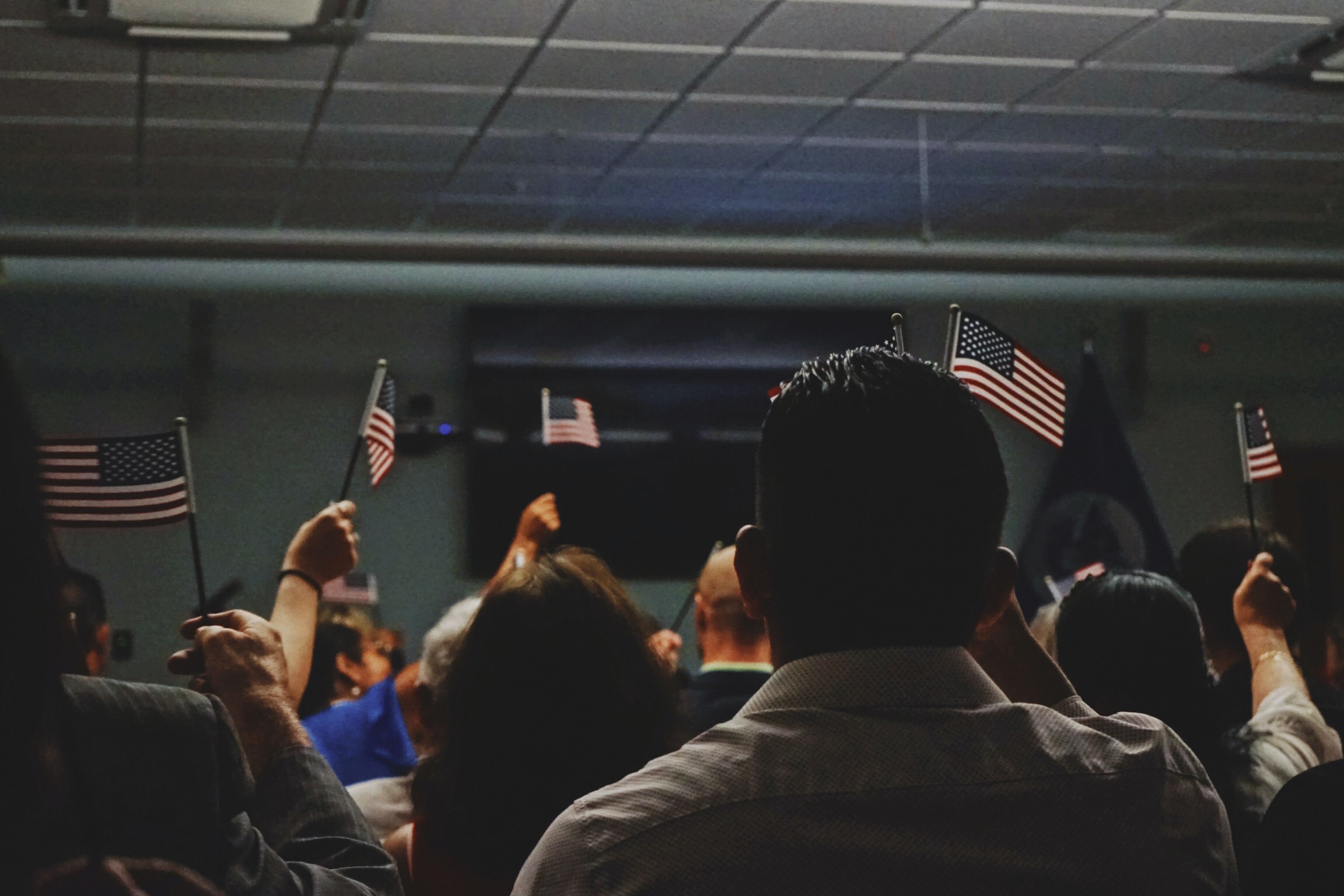What is the process for obtaining an H-1B visa for a skilled worker, and what are the requirements for eligibility?
As an attorney, I can provide guidance on the process for obtaining an H-1B visa for a skilled worker and the eligibility requirements.
The H-1B visa program is designed for foreign workers who have a specialty occupation and have received a job offer from a U.S.-based employer. A specialty occupation is defined as a job that requires theoretical and practical application of a specialized body of knowledge, and at least a bachelor's degree or equivalent work experience in the specific field.
To obtain an H-1B visa, the employer must first file a Labor Condition Application with the U.S. Department of Labor. This application is designed to ensure that the employer will pay the prevailing wage for the specific occupation in the geographic area where the job is located, and that working conditions will not adversely affect U.S. workers.
Once the Labor Condition Application is approved, the employer can file an H-1B petition with U.S. Citizenship and Immigration Services (USCIS). The petition should include evidence demonstrating that the foreign worker meets the eligibility requirements, such as possession of a bachelor's degree or equivalent work experience in the specialty occupation.
When filing the petition, the employer must pay a fee and provide supporting documentation, such as the worker's resume, educational transcripts, and any relevant licenses or certifications. USCIS will review the petition and may request additional documentation or an in-person interview with the worker.
If the petition is approved, the foreign worker can apply for an H-1B visa at a U.S. consulate or embassy in their home country. The worker must provide a copy of the approved petition and other supporting documents to apply for the visa.
In terms of eligibility requirements for the H-1B visa, the worker must have a specialty occupation and possess at least a bachelor's degree or equivalent work experience in the specific field. The employer must also pay the prevailing wage for the specific occupation in the geographic area where the job is located, and provide working conditions that do not adversely affect U.S. workers.
It is important to note that there is an annual limit on the number of H-1B visas that can be issued each fiscal year, and these visas are subject to a random lottery system if there are more applicants than available visas. It is recommended that employers plan ahead and file their petitions as early as possible to increase their chances of being selected.
In summary, obtaining an H-1B visa for a skilled worker involves a two-step process of obtaining a Labor Condition Application and filing an H-1B petition with USCIS. The employer must provide supporting documentation demonstrating that the worker meets the eligibility requirements for the specialty occupation and that working conditions will not adversely affect U.S. workers. While there are annual limitations on the number of H-1B visas issued, employers can increase their chances of success by planning ahead and filing early.
 By
By
